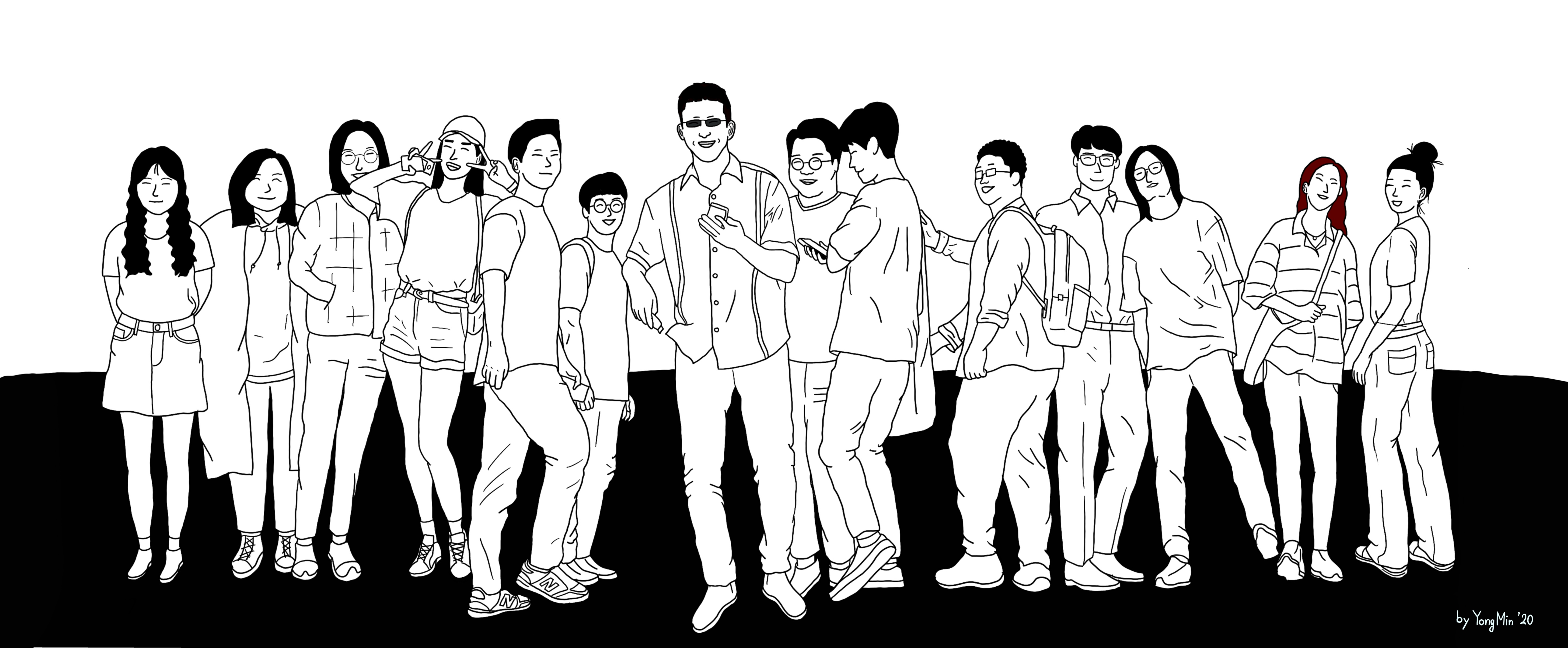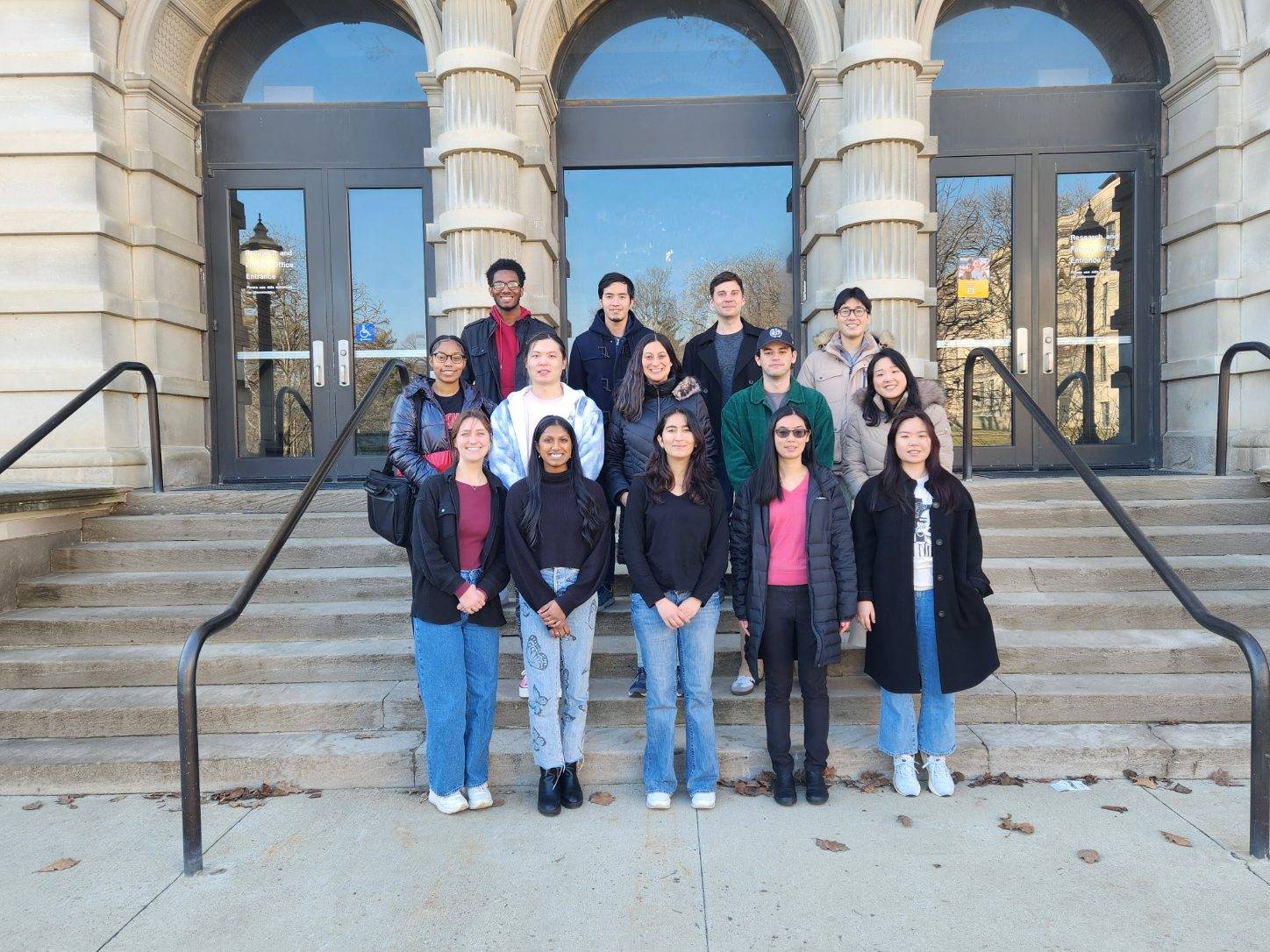Choosing the right crayon to color a tree has always been tricky for me—I’m a dichromat, lacking sensitivity to red. When people hear this, they often ask how my world looks different from theirs, assuming my visual experience must be lacking. The truth is, I still marvel at autumn’s vibrant foliage and the sun’s transformation of the sky from blue to blazing orange.
The curiosity sparked by this personal experience led me to ask a fundamental question in vision science: How does the visual system construct such a rich and immersive perception of the world? I began tackling this question during my undergraduate years at Yonsei University (Seoul, South Korea), working as a research assistant in the Vision, Cognition and Consciousness Lab (Image 1) under Dr. Sang Chul Chong. In the same lab, I earned a master’s degree in psychology, where I investigated how the visual system efficiently processes the flood of incoming visual information despite biological and cognitive constraints using psychophysics methods.
In 2020 Summer, I moved to Ohio (GO BUCKS!) to pursue a Ph.D. in cognitive neuroscience at The Ohio State University (Ohio, USA) in the OSU Vision & Cognitive Neuroscience Lab (Image 2). Under the supervision of Dr. Julie D. Golomb, I explored the intersection between saccadic eye movements and visual perception, employing psychophysics, eye-tracking, and computational modeling of neuroimaging data (i.e., fMRI), with both low and high-level visual stimuli.
After completing my PhD in the summer of 2025, I began a new chapter as a postdoctoral researcher in Dr. Viola Störmer’s lab at Dartmouth College. While continuing to explore the fascinating mysteries of human visual perception, I am also branching into new directions, including multi-modal integration. I invite you to follow my work, and please don’t hesitate to reach out—or say hello if you see me at a future conference!
Image 1. VCC Lab, Yonsei University (by Yong Min Choi) 
Image 2. Golomb Lab, The Ohio State University 